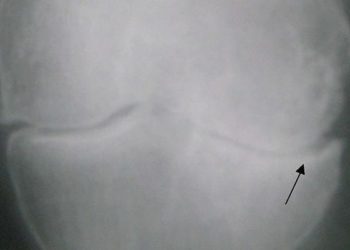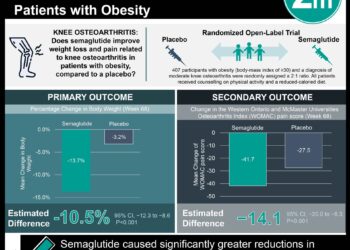Frequent meals linked with lower body weight in children and adolescents
Image: PD
1. Increased eating frequency in children and adolescents was associated with a 22% reduced likelihood of being categorized as overweight/obese.
2. The inverse relationship between meal frequency and obesity was significant only in boys.
Study Rundown: This study is a systematic meta-analysis of 11 studies investigating the association between eating frequency and obesity in children and adolescents. While studies of adults have demonstrated that eating more frequency is associated with reduced obesity, few pediatric studies have addressed this relationship. This analysis demonstrated an inverse relationship between eating frequency and obesity status in children and adolescents, with a 22% reduced probability of obesity in those eating more frequently. When assessed separately, sex-related differences emerged, with significance seen only among boys. While this study demonstrates potential interventional promise for prevention or treatment of obesity, further research is needed to both confirm this inverse association and evaluate the pathophysiology underlying this finding. This study is limited in its reliance upon studies with varied methodologies, clinical definitions of obesity/overweight, and categorization of meals/snacks.
Click to read the study, published today in Pediatrics
In-depth [meta-analysis study]: The study compared results from 11 studies that evaluated eating habits, meal frequency, and obesity status among children and adolescents. The aggregate sample across the 11 studies was comprised of 18,849, 2 to 19-year-olds. Overall, researchers found that increased eating frequency was associated with a 22% reduced probability of being overweight or obese (log OR = -0.24, 95% CI -.041 to -.0006). However, when stratified by sex, these results were significant only in boys. An inverse relationship between eating frequency and weight was observed in studies using self-report questionnaires, while the 1 study looking at 24-hour recall demonstrated no relationship between eating frequency and weight.
By Emilia Hermann and Leah H. Carr
More from this author: AAP urges bottle feeding over breastfeeding in mothers with HIV, Pediatric influenza burden remains high despite new vaccination recommendations, Community hospitals rely on greater CT use to diagnose pediatric appendicitis, Cow’s milk consumption linked to increased vitamin D and decreased iron stores in early childhood, Delayed growth seen in children with congenital heart disease, No association found between maternal NSAID use and newborn pulmonary hypertension
© 2013 2minutemedicine.com. All rights reserved. No works may be reproduced without written consent from 2minutemedicine.com. Disclaimer: We present factual information directly from peer reviewed medical journals. No post should be construed as medical advice and is not intended as such by the authors or by 2minutemedicine.com. PLEASE SEE A HEALTHCARE PROVIDER IN YOUR AREA IF YOU SEEK MEDICAL ADVICE OF ANY SORT. Content is produced in accordance with fair use copyrights solely and strictly for the purpose of teaching, news and criticism. No benefit, monetary or otherwise, is realized by any participants or the owner of this domain.






